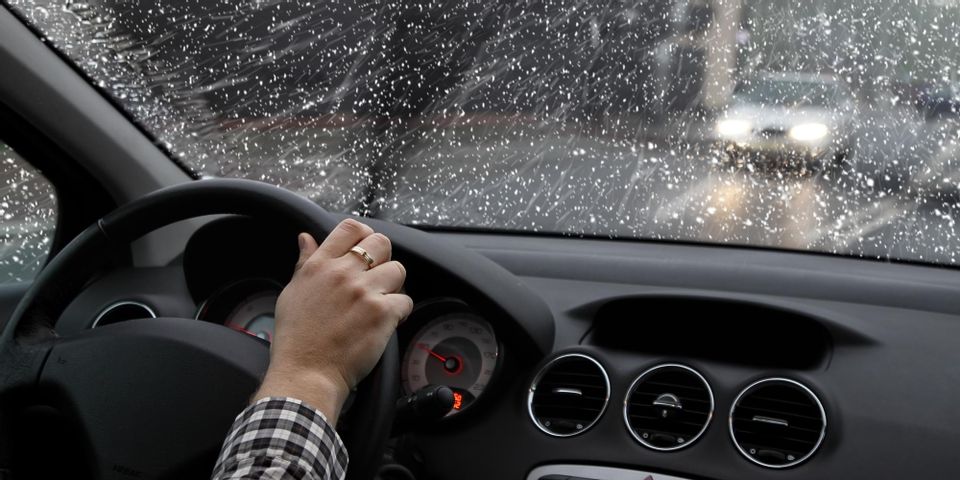The Do's & Don'ts of Driving on Wet Roads

Rain can make pavement slippery, which increases stopping distance by a great deal. As a result, defensive driving techniques are especially important when conditions are wet. To help you stay safe on the road, below are some of the most critical do's and don'ts of driving in inclement weather.
Do:
Slow down.
Driving slowly gives you more time to react to unexpected obstacles. That way, you're less likely to need to brake sharply which can cause loss of vehicle control. Taking your time also helps you maneuver safely around corners and curves.
Practice defensive driving.

Driving defensively means you're alert for anything unexpected, with your eyes on the road, your hands on the wheel, and your mind on the task at hand. To drive this way, avoid rapid lane changes, don't text or talk on the phone, and anticipate stops, turns, and potential problems.
Don't:
Tailgate.
Tailgating, or driving closely behind the driver ahead of you, is dangerous at any time. However, it's particularly risky when the pavement is wet. If possible, you should be able to count 5 or 6 seconds after the driver ahead of you passes a landmark before you reach it.
Leave in a rush.
Since you'll be driving more slowly and won't be taking risks, it may take you longer to get where you're going when it's raining. To avoid the temptation for risky behavior, leave earlier than you usually would. This will help you to drive safely and still arrive on time.
To improve your road skills with defensive driving lessons, contact Morgan School of Driving. With locations in Fairport, Rochester, and Greece, NY, they’ve helped more than 400,000 students learn to drive since 1943. Sign up for lessons on their website, or call (585) 425-2410 for a consultation.
About the Business
Have a question? Ask the experts!
Send your question

